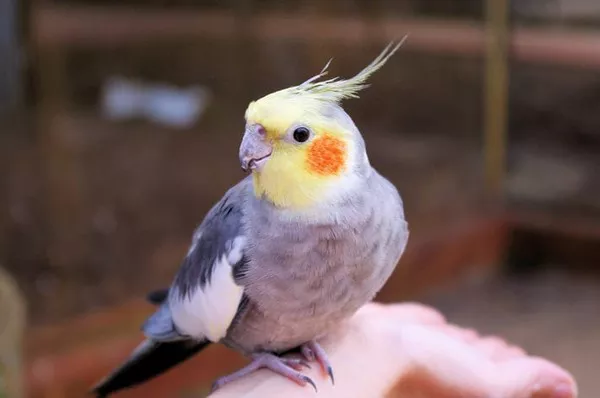The Indian Ringneck Parrot, scientifically known as Psittacula krameri manillensis, has captured the fascination of bird enthusiasts around the world with its vibrant plumage and charismatic personality. However, potential bird owners often wonder about the cost associated with acquiring and caring for these avian companions. In this article, we delve into the various factors that influence the price of an Indian Ringneck Parrot and explore the ownership costs that prospective caregivers should consider.
Understanding Indian Ringneck Parrots
The Indian Ringneck Parrot, originally hailing from South Asia, is characterized by its striking appearance, featuring a distinctive ring of color around its neck. These parrots are known for their playful demeanor, high intelligence, and remarkable talking abilities. Their popularity as pets has led to a significant demand, which in turn affects their pricing in the market.
Factors Influencing the Price
The cost of an Indian Ringneck Parrot can vary widely based on several factors, including:
Color Mutation: The natural coloration of Indian Ringneck Parrots is a vibrant green, but various color mutations have been bred over the years, producing birds with shades of blue, yellow, turquoise, and more. Rare and visually striking mutations often command higher prices due to their uniqueness.
Age: The age of the parrot can also influence its price. Younger, hand-raised birds tend to be more expensive than older ones, as they are generally more adaptable to human interaction and training.
Source: The source from which you acquire the parrot matters. Reputable breeders who prioritize the health and well-being of their birds may charge more than pet stores or individuals selling parrots online.
Gender: In some color mutations, there are visual differences between male and female Indian Ringneck Parrots. Birds that can be visually sexed may be priced differently based on their gender.
Talking Ability: Indian Ringneck Parrots are known for their impressive talking abilities. Birds that have already started mimicking sounds and words may be priced higher due to their potential as talking companions.
Location: The geographical location where you are purchasing the parrot can impact its price. Availability, demand, and local market dynamics all play a role.
Ownership Costs to Consider
Beyond the initial purchase price, prospective Indian Ringneck Parrot owners should be aware of the ongoing costs associated with caring for these intelligent and social birds. Some ownership costs include:
Housing: Providing a suitable and spacious cage or aviary is essential for the well-being of your parrot. The size and quality of the enclosure can influence the cost.
Nutrition: A balanced and nutritious diet is crucial for the health of your Indian Ringneck Parrot. This includes a variety of fresh fruits, vegetables, high-quality pellets, and occasional treats.
Veterinary Care: Regular veterinary check-ups are necessary to monitor your parrot’s health and catch any potential issues early. Budgeting for annual wellness visits and potential medical expenses is important.
Enrichment and Toys: Indian Ringneck Parrots are intelligent and active birds that require mental stimulation. Investing in toys, puzzles, and enrichment activities helps prevent boredom and encourages natural behaviors.
Grooming and Maintenance: Nail trimming, beak maintenance, and feather care are routine aspects of parrot ownership that require proper tools and knowledge.
Training and Socialization: Parrots thrive on social interaction and mental engagement. Consider investing time and possibly money in training classes or socialization opportunities.
Conclusion
The Indian Ringneck Parrot is a captivating avian companion that brings joy and companionship to many households. Aspiring owners should be prepared not only for the initial cost of acquiring the bird but also for the ongoing expenses associated with its care. Understanding the factors that influence the price of Indian Ringneck Parrots and the various ownership costs involved ensures that potential caregivers can provide a happy, healthy, and fulfilling life for their feathered friend.
Recommended reading:


























